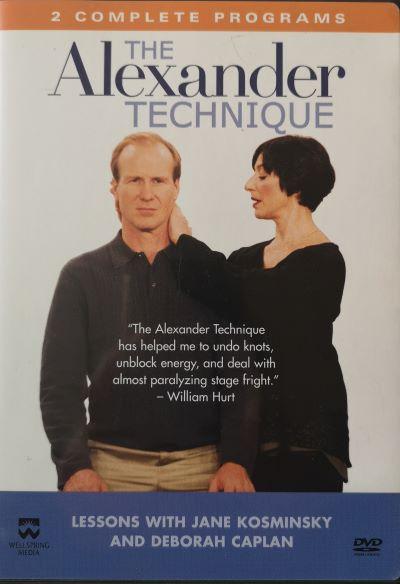‘I was taller after my Alexander lesson!’
FM Alexander Portrait on Antiques Roadshow
High Heels – the Inside Story
High Heels? How can people feel comfortable in them?
An Alexander Technique teacher trainee at LCATT sent me this X Ray photo of someone’s foot inside a stiletto shoe, which he had found on the AT Global page on Facebook. I find this photo very uncomfortable to look at, realising just how much damage is being done not only to this woman’s (?) foot but also her back.
When I was a ballet dancer and was regularly doing pointe work, my feet would have undergone similar distress, although the toes would have been lengthened out and we were taught how to use pointe shoes and how to look after our posture – and we didn’t walk around on our toes for long periods of time! Even as a young dancer, I would never wear stilettos.
Thankfully, when I stopped dancing I began learning the Alexander Technique which, amongst other things, helped my feet to free up and my potential bunions began to right themselves enough not to be a painful problem.
Feet that are squeezed into pointed high heels as above, day after day, do tend to get damaged and the whole body gets thrown out of kilter, causing many problems. A good number of women have lost their balance and fallen off their high heels, spraining and even breaking their ankles. The Achilles tendon can shorten so the foot cannot rest on the ground fully, the woman’s posture can become distorted so that an over-arched spine or lordosis can develop, creating backache, plus toes can become quite mal-formed and painful….. and more
Is all the damage to our bodies really worth it, just for fashion?
For a further discussion on this topic, you can read my article Back Pain and High Heels.
Using Monkey Position
Monkey Position – or Monkey Movement – or even Monkeying About?
- Small monkeys are useful when chopping vegetables, washing up, cleaning our teeth
- Deeper monkeys are great to use when picking things up from the floor, putting our shoes on and gardening, for instance;
- A modified monkey position is helpful when riding a bike, rather than curling down over the handlebars in a crunched-up manner………
BBC Interview with Sir Colin Davis
Sir Colin Davis
Sir Colin Davis
Alexander Technique and Anxiety Conditions
Anxiety and Stage Fright

Using the Alexander Technique during an eye operation.
At the Dentist…..
After a diagnosis of long-term illness
The ‘Stiff Upper Lip’ habit
that Mary took her condition seriously and made important changes in her attitude towards the way
she worked, cutting out everything unnecessary and ‘extra’, which gradually allowed her body to heal and her health to improve.
Frost and Ice
There are wet leaves on the paths and the first wintry frost is here, so it’s time to take care on pavements! If you are afraid of falling on ice, it is tempting to tense up all over but remember, you will have more sense of your balance and more control over your movements if you refuse to tighten but walk in an alert and free manner, using all you have learned in your Alexander lessons.
One wintry day last year when the pavements were covered with ice, I was tempted to tighten up my legs and hips in order to keep my balance. Then I saw a teenager running with ease along the frozen pavement, illustrating the fact that poise and free movements are the best way to maintain ones balance, even on slippery ice.
Cycling and the Alexander Technique
that I have recovered suppleness in my back’ .
like I used to. I thought it was a problem with the bike, as it was a budget non brand
roadbike. For 5 years previous to that I gave up cycling as I had a bad accident when
someone opened a car door on me and so I decided to stop cycling…’
hands-free like I used to without there having been any changes made to my bike.

